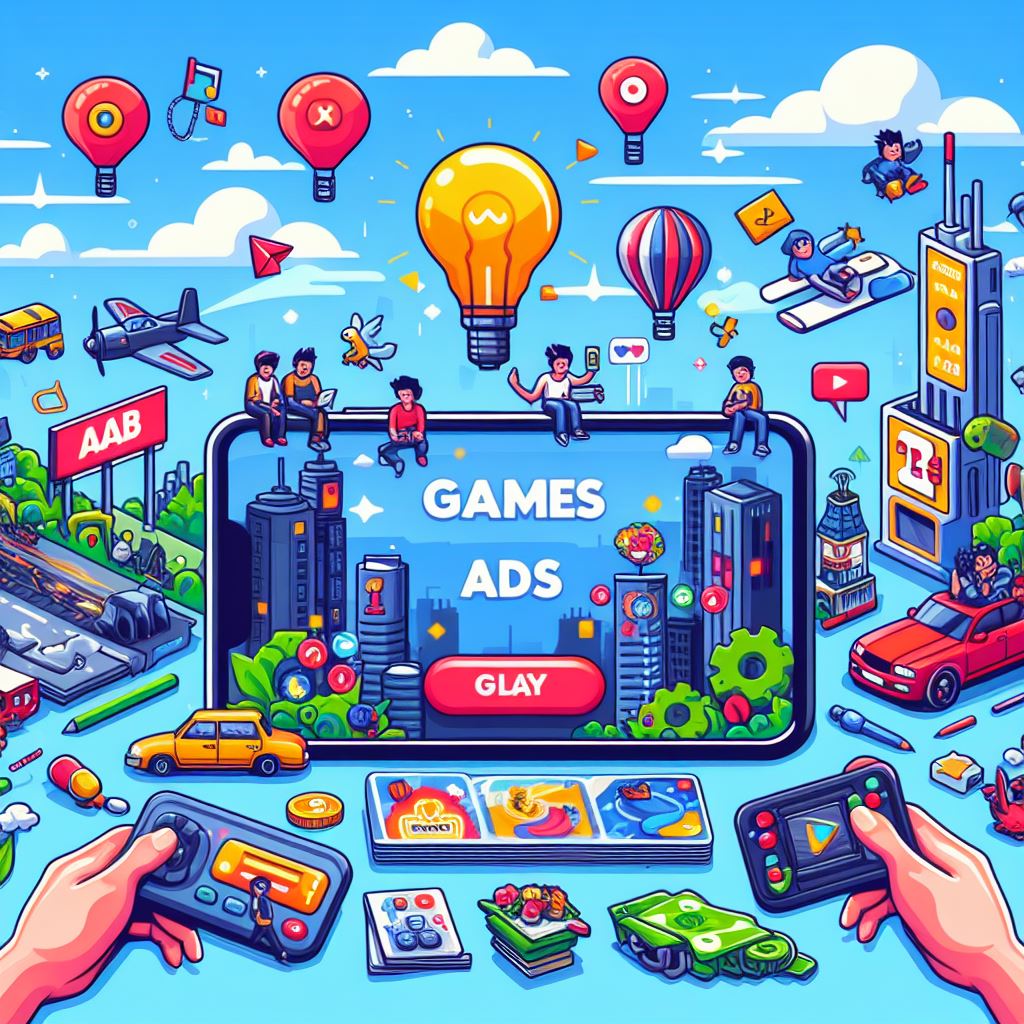Mobile app marketing campaigns are sustained by app owners or developers in a continuous effort to acquire new users and retain old ones for their app, by building awareness, or to gain high-quality users and increase revenue.
A vast array of app marketing campaigns exists, and the channels employed can vary as well, going from influencers and social media to programmatic platforms. In today’s article we’ll take a closer look at the latter.
Demand-side platforms (DSPs), are programmatic advertising platforms where advertisers can easily buy ad space thanks to real-time bidding.
They work as a middleman between advertisers and different sources of ad inventory distributed across various digital channels, like social media, apps, websites, and more. Thanks to their highly automated nature, demand-side platforms speed up the ad exchange process by a lot, playing a crucial role in your mobile app marketing campaigns.
But how and when do mobile app marketing campaigns and DSPs meet?
In the last decade, DSPs have been increasingly employed in app marketing campaigns, and proved efficient. As independent platforms, they work as a centralized hub connecting multiple sources of traffic through a single interface, making ad buying much more accessible.

But this is just one of the many advantages of relying on these platforms for your app marketing campaigns: let’s dive in into some more of the benefits of this practice!
- Audience targeting. In order to hit an app’s target audience, and therefore resulting in a high number of installs, DSPs allow marketers to select a series of criteria in directing their ads towards potential users. The basic ones are demographics, location, time and browser type.
- Real-time bidding (RTB). Real-time bidding makes use of the aforementioned parameters to optimize ad spend in real-time auctions. By leveraging this technology, DSPs get your ads seen by your target audience at competitive prices, ensuring a high ROAS for your app marketing campaigns.
- Campaign optimization. Thanks to DSPs’ sophisticated machine-learning algorithms you can monitor mobile app marketing campaigns in an effective way, through advanced analytics tools. Key metrics to take into consideration are: ROI, impressions, clicks, and conversions.
- Cross-Channel Advertising. With demand-side platforms the possibilities for ad exposure are pretty much endless: DSPs market your ads with a multi-channel approach, sharing them on social media, display, mobile, and video. The direct result of this practice is increased visibility and brand awareness.
- Full transparency. DSPs provide advertisers with insights into the whole buying process, even showing on which apps and websites each ad is displayed. This results in improved decision making, campaign optimization, and maximed ROI. DSPs that prioritize transparency also foster collaboration and trust between them and advertisers, making the entire course of action much more enjoyable and efficient.
- Retargeting. Retargeting, or remarketing, is an advertising method used to re-engage users who have previously interacted with your app, but without completing a desired action, such as in-app purchases or subscriptions.
In simpler terms, DSPs help you find and engage the right users for your app, show them ads where they’re more likely to click on them, and make sure you’re not wasting any more money than necessary,
We’ve then listed some of the merits brought to your marketing efforts by DSPs and their functionalities, but these platforms can also be used in association with other insightful marketing strategies: let’s take a look at what they are!
- ASO. App store optimization remains a staple in mobile app marketing campaigns: ranking high with your app still matters. In order to do so, select the right name and description for your app, and don’t forget to insert keywords that are relevant to your target audience.
- Influencer marketing. Getting noticed in the app store is not the only way to obtain visibility anymore. With today’s media gaining more and more importance, getting a shout-out by influencers will bring in even more users. Be sure to provide them with a summary of how your app is used to get the best reviews.
- Get creative with your app icon. An eye-catching icon will immediately create interest in your app, since first impressions are key in today’s fast paced mobile world. Users won’t install your app if it doesn’t appeal to them aesthetically, so you need an engaging design from the get-go.
All of these strategies of course compliment each other, and they can and, in fact, should be used together for your mobile app marketing campaigns to thrive.
Now that we’ve seen all of the pros to using DSPs in your app marketing campaigns, you might want to dive right in. But settle down for a moment and take a look at the steps to take before choosing a DSP.
- Know your goals. Defining your goals and objectives is the first step to reaching them. Discuss what you would want to get from engaging in app marketing. For example, do you want your user base to grow or would you rather invest in quality users with a high-LTV, more prone to spend money inside the app? Only then can you select the best demand-side platform to have as your ally.
- Define your target audience. Knowing your target is just as important as understanding your goals. Selecting a DSP that doesn’t have the means to reach out to your ideal users is a waste of time and money: choose wisely.
- Assess features and capabilities. Different DSPs offer you different features: matching them to your formerly defined goals ensures that you meet them. Remember to also test the platform’s capabilities to make sure that the offered features would perform at a high level.
- Consider ad formats. Choose an ad format suitable for your app and look for DSPs that support that format: this could either be video ads, native ads, display ads, etc. It is advisable to try out more than one format to see how well they perform and eventually optimize them. Also, when making your pick, keep in mind the distribution channels you will be using.
- Evaluate budget. Everything comes at a cost, and so do DSPs. DSPs offer varying pricing models based on platform fees and ad spend minimums: when considering budget, pick the one that best aligns with your objectives without breaking the bank.
Once you’ve checked everything in this list, you’ll be all set to go and ready to take your mobile app marketing campaigns to the next level.
Coming to a close, demand-side platforms just can’t go wrong.
Profiting both marketers and publishers, they’ve given a revolutionary spin to the app market and proven the best of friends when it comes to mobile app marketing campaigns.
So, if you want to see for yourself just how well DSPs perform, contact Mapendo now!




















